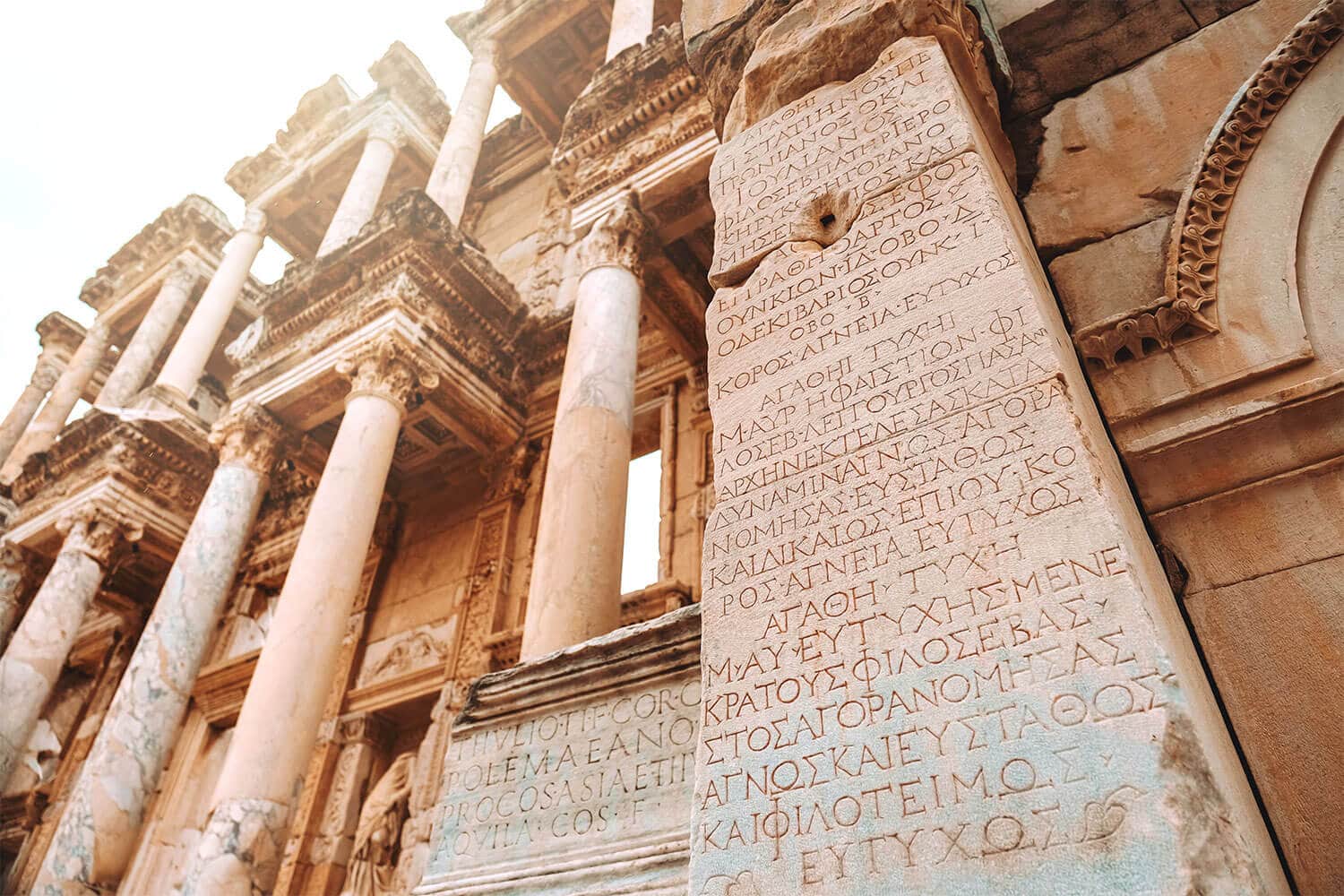Turkey has a lot to offer when it comes to history. Every corner is a monument, every hilltop is a sanctuary…
Hierapolis is one of the most amazing examples of these historical wonders of Turkey. Located in Denizli, just nearby the famous Pamukkale, Hierapolis is opening a window to the past and taking you to the glorious ancient times.
You can discover the ancient city wandering around the ruins of Greek-Roman legacy stopping by at the Roman Amphitheater, the Turkish Bath, the pool of Cleopatra, and the Necropolis.
Do you want to hear a surprise?
You can also stop by Pamukkale and see the miraculous natural wonders of travertine terraces.
You can also enjoy the thermal pools and relax.
We call this hitting two birds with one stone. What do you think?
Significant structures in Hierapolis include the large and well-preserved theatre, the Temple of Apollo, and the Plutonium, a celebrated sanctuary of Pluto, the god of the underworld. Pilgrims came from all over the Greek world to visit the sanctuary and bathe in the healing waters.
Hierapolis was also home to a significant Jewish community, and several Jewish inscriptions in Greek have been found among the ruins.
One of the most significant figures associated with Hierapolis is the apostle Philip. According to Christian tradition, Philip was martyred in Hierapolis around 80 AD. The Martyrium of St. Philip, an octagonal church that dates back to the 5th century, was built in his honor.
Today, the site is a popular destination for tourists. The terraces of Pamukkale, formed over centuries by mineral-rich thermal waters, are a natural wonder and a must-see. Also, the Hierapolis Archaeology Museum located in the former Roman baths complex offers an impressive collection of artifacts from the region.









